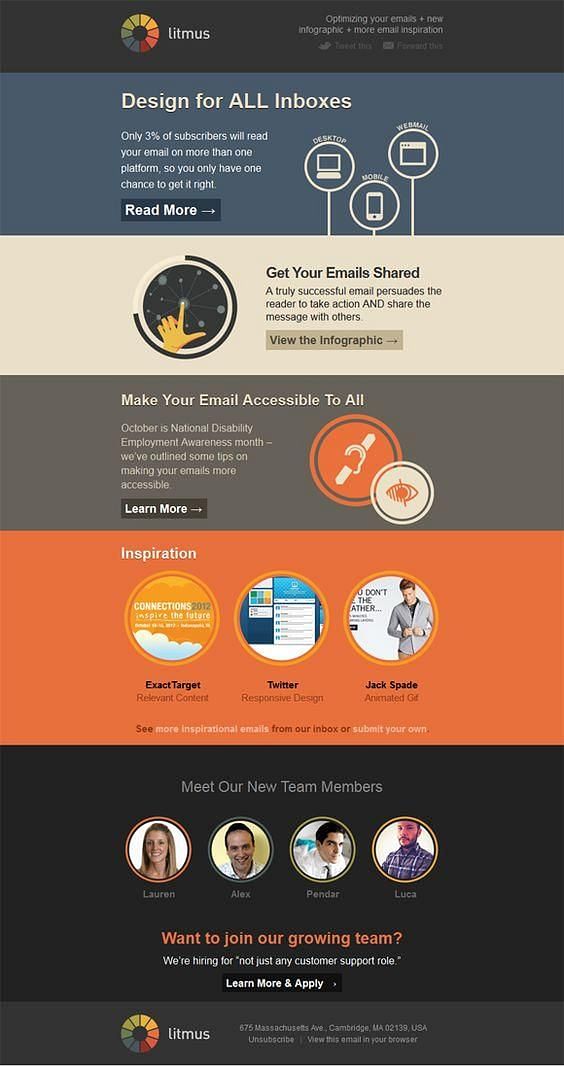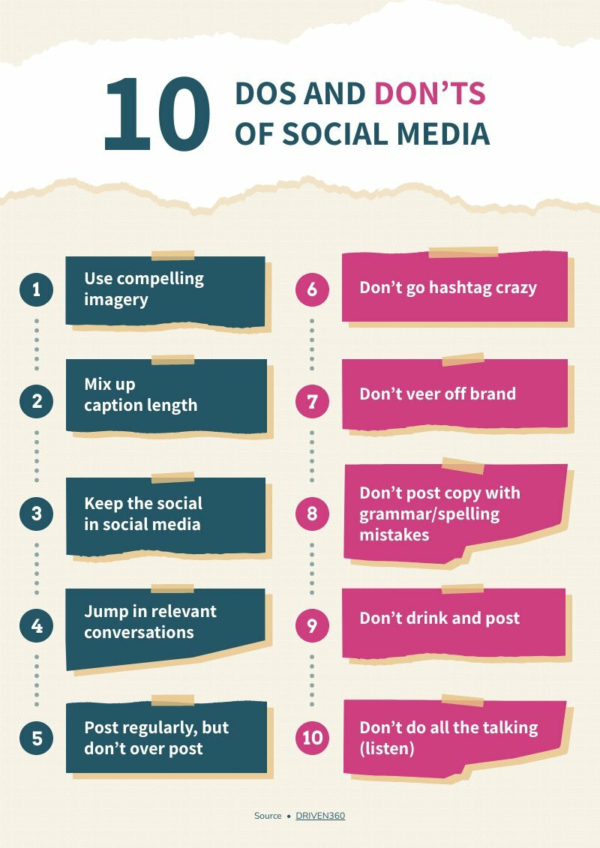The Dos and Don’ts of Email Marketing: What You Need to Know
Discover the essential Dos and Don’ts of Email Marketing, including insider tips for boosting engagement and avoiding common pitfalls.
Table of Contents
Guide and Support to Your Success
As a business owner or marketer, email marketing can be a powerful tool to engage with your audience, drive conversions, and build customer relationships. However, there are certain best practices and pitfalls to avoid when it comes to creating an effective email marketing campaign. In this blog post, we’ll discuss the dos and don’ts of email marketing to help you maximize the impact of your email campaigns.
Creating a Strong Email List
One of the first steps in successful email marketing is building a strong and engaged email list. It’s important to focus on quality over quantity when it comes to your subscribers. Instead of buying email lists or adding contacts without their permission, opt for organic growth strategies such as offering valuable content in exchange for email sign-ups or using pop-up forms on your website.
Designing Compelling Emails
When it comes to designing your email campaigns, it’s essential to create visually appealing and engaging content. Use eye-catching visuals, concise copy, and clear call-to-action buttons to guide your subscribers towards the desired action. Make sure your emails are mobile-responsive to ensure they look great on any device.
Personalization and Segmentation
Personalization is key to creating a meaningful connection with your email subscribers. Use data such as past purchase behavior, demographics, and engagement history to personalize your emails and tailor content to the individual interests of each subscriber. Segment your email list based on different criteria to send targeted and relevant messages to specific groups.

Image courtesy of www.sendx.io via Google Images
Avoiding Spam Traps
One of the biggest don’ts in email marketing is falling into the trap of spam filters. Avoid using spammy language, excessive punctuation, or misleading subject lines that could trigger spam filters and land your emails in the junk folder. Make sure to include a clear unsubscribe link in every email and honor opt-out requests promptly.
Testing and Optimization
Testing is a crucial element of successful email marketing. Experiment with different subject lines, email copy, and visuals to determine what resonates best with your audience. Use A/B testing to compare different variations and optimize your emails for higher open rates, click-through rates, and conversions.

Image courtesy of venngage.com via Google Images
Automation and Timing
Automation can help streamline your email marketing efforts and deliver timely and relevant messages to your subscribers. Set up automated email workflows for welcome emails, abandoned cart reminders, and post-purchase follow-ups. Pay attention to the timing of your emails to ensure they are sent at the most optimal times for maximum engagement.
| Do | Don’t |
|---|---|
| Segment your email list to target specific audiences | Send the same generic email to everyone on your list |
| Personalize emails with recipient’s name and relevant content | Use generic greetings like “Dear Customer” |
| Include a clear call-to-action in every email | Overwhelm recipients with too many different calls-to-action |
| Test different subject lines and email designs for optimal results | Assume one size fits all and neglect testing |
| Comply with CAN-SPAM regulations and obtain permission to email contacts | Buy email lists and send unsolicited emails |
Measuring and Analyzing Performance
Don’t overlook the importance of tracking and analyzing the performance of your email campaigns. Use email marketing metrics such as open rates, click-through rates, conversion rates, and unsubscribe rates to evaluate the success of your campaigns. Identify trends and patterns in your data to make informed decisions and continuously improve your email marketing strategy.

Image courtesy of piktochart.com via Google Images
Compliance with GDPR and CAN-SPAM Regulations
When conducting email marketing campaigns, it’s crucial to comply with data protection regulations such as the General Data Protection Regulation (GDPR) and the CAN-SPAM Act. Ensure that you have explicit consent from subscribers to send them emails, provide an easy opt-out mechanism, and clearly display your contact information in every email.
Conclusion
Email marketing can be a powerful tool for engaging with your audience and driving business growth. By following the dos and avoiding the don’ts of email marketing, you can create effective campaigns that resonate with your subscribers and deliver results. Keep experimenting, testing, and refining your email marketing strategy to stay ahead of the competition and achieve your marketing goals.
How often should I send marketing emails?
It’s best to strike a balance between staying top of mind with your audience and not overwhelming them. Aim for 1-2 emails per week, but adjust based on your industry and audience preferences.
Can I purchase email lists for my campaigns?
No, it’s not recommended to buy email lists as they can harm your sender reputation and result in low engagement rates. Focus on organic list building strategies for better results.
How can I increase email open rates?
Personalize your subject lines, segment your audience for targeted content, and optimize your send time to increase email open rates. A/B test different elements to see what resonates with your subscribers.
What metrics should I track to measure email campaign success?
Track key metrics like open rates, click-through rates, conversion rates, and unsubscribe rates to gauge the effectiveness of your email campaigns. Use these insights to make data-driven decisions and improve your email marketing strategy.





